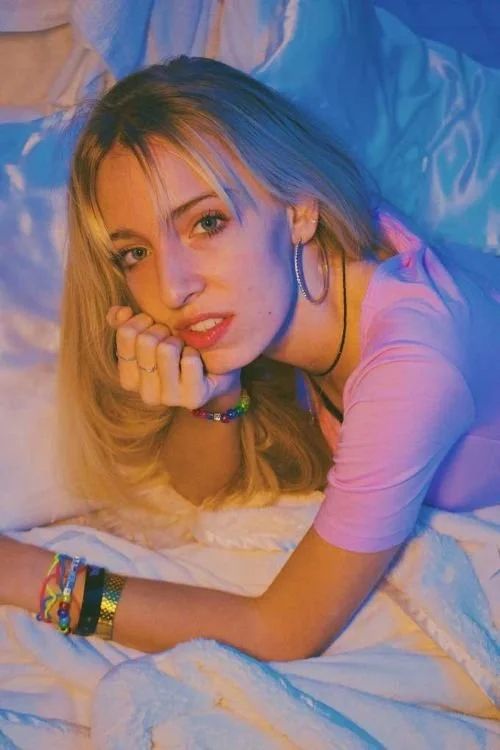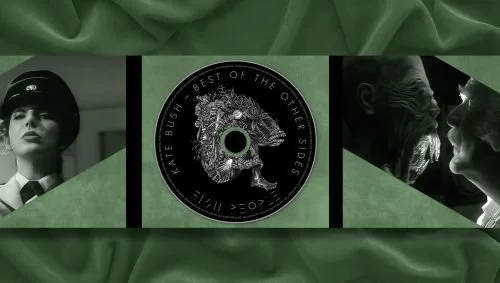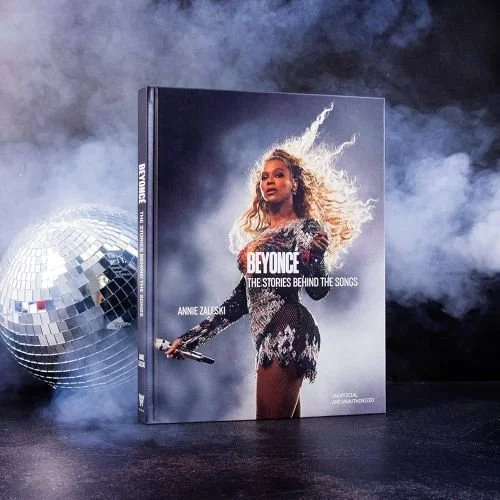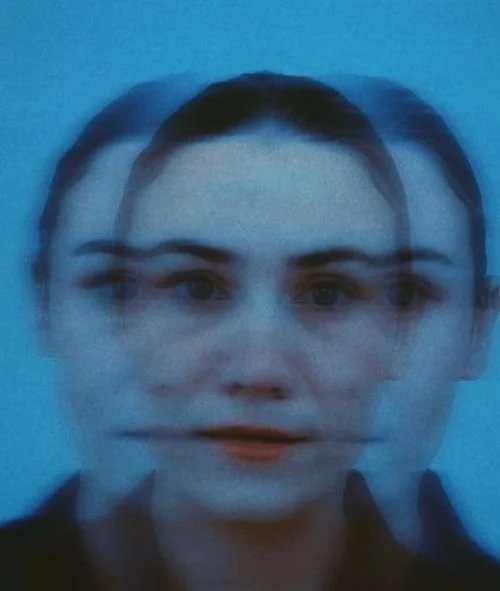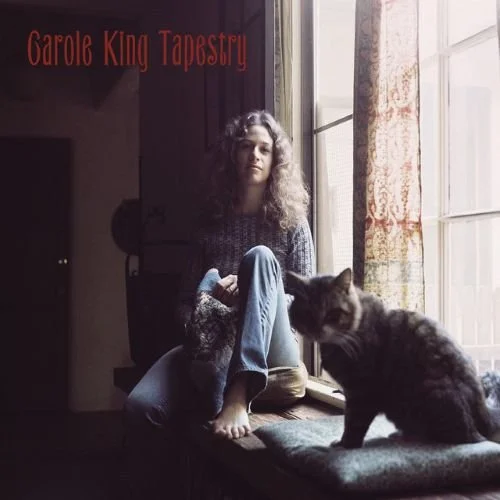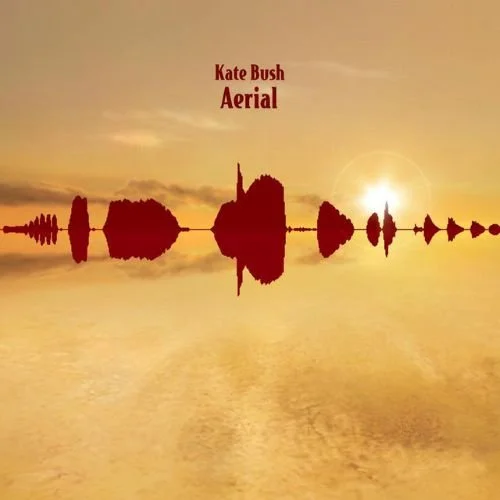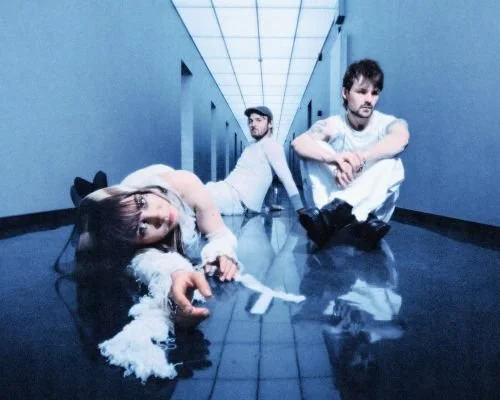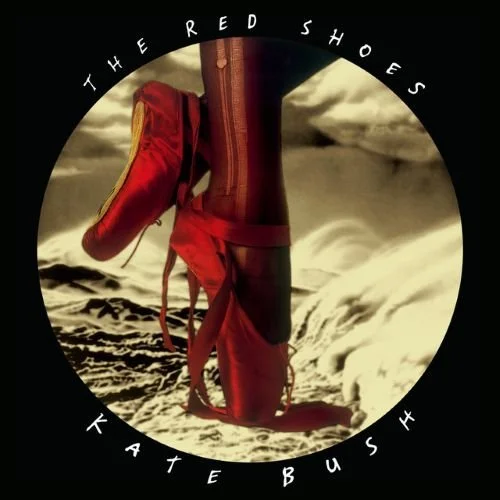FEATURE:
We’ve Got Alchemy
Impressions on Kate Bush’s Best of the Other Sides
__________
I am excited…
to get the vinyl of Kate Bush’s Best of the Other Sides on 31st October. The digital version is out now. There are not many huge surprises in terms of what is included. However, the original is one that was popular with fans when it came out in 2019 but since went out of print. Or the album wasn’t being pressed or available on streaming services. I think most of the tracks are available on YouTube, though there is demand for that original album, The Other Sides. It is good that we have a reduced version. An eleven-track release that takes the best tracks from the first album. It is wonderful that we get these songs on streaming services. I want to provide some impressions on the tracks. The tracklisting is as below:
1. Experiment IV (remastered 2025)
2. You Want Alchemy (remastered 2025)
3. Rocket Man
4. Walk Straight Down the Middle (remastered 2025)
5. The Big Sky (Meteorological 12" Mix)
6. The Man I Love
7. Under the Ivy
8. Mná Na Héireann
9. Lyra
10. Brazil (Sam Lowry's First Dream)
11. Running Up That Hill (A Deal with God) 12" Mix
This is album like a studio album in itself. One that sits alone and has its own weight. The track order is key too. I love how the songs are balanced. Experiment IV appeared on Kate Bush’s greatest hits album, The Whole Story. The only single from that album is one of a few tracks from a particular time period. That was 1986. Under the Ivy is the B-side from 1985’s Running Up That Hill (A Deal with God). That was the first single from Hounds of Love. There is also a 12” mix of Running Up That Hill. Rather than placing those tracks together, they are separated. I think it works well. Opening with Experiment IV, we have this driving and percussive song. One that has a darkness and punch, it is a track many Kate Bush fans would not have heard. One of her most underrated singles, I have covered this track before.
There are a few selections from the album that I want to cover. Songs that I was not expecting to be on the Best of the Other Sides. There are a few great and classic Kate Bush covers. The Man I Love from 1994. Rocket Man from 1991. Mná Na Héireann from 1996. These are interesting. The Man I Love is a rare gem that shows Bush’s voice in smoky and seductive mood. A style and sound that sadly was not explored more. Appearing on a tribute album Originally released in 1924, it was written by George Gershwin and lyrics by his brother Ira Gershwin. Kate Bush’s version appeared on a tribute album for the Gershwins. Covers of their songs. Larry Adler played harmonica. It is a classic example of Bush’s interpretive genius and, placed between The Big Sky (Meteorological 12" Mix) and Under the Ivy, it is a 1990s track between some 1980s cuts. I am going to get to that mix of The Big Sky. However, the other covers are great. Her version of Rocket Man appeared on another tribute album. One for Elton John and Bernie Taupin. Elton John is a hero of Bush’s, so it was maybe a risk covering an Elton John song. Or a daunting task. Giving Rocket Man a different take, it is a bit Reggae and Celtic Folk. Mná Na Héireann is one of the standouts. I will highlight three other tracks, You Want Alchemy?, The Big Sky (Meteorological 12" Mix) and Brazil (Sam Lowry's First Dream).
Although the Kate Bush originals are brilliant, her cover versions are amazing. Mná Na Héireann is an amazing song that most people have not heard. Now available on streaming services and part of this incredible album, it is one of the highlights. This article from the Kate Bush Encyclopedia gives us more details. Included is some brief reaction from Kate Bush:
“Kate Bush recorded her rendition in 1995 for the 1996 compilation album Common Ground – Voices of Modern Irish Music. According to Donal Lunny, who contacted her for this contribution, ‘She was very excited with the idea of singing the Irish in a way that Irish speakers would understand, and of conveying the meaning of the song through the sounds of the words. I helped as much as I could. She had Seán Ó Sé’s recording of ‘Mná na hÉireann’ as reference. She was as faithful to the pronunciations as she could possibly be. It was with characteristic care and attention that she approached it. She did not stint one bit. Of course you’ll get people saying, `Oh, you’d know she doesn’t talk Irish straight off’. You wouldn’t know it straight off. I would defend her efforts as being totally sincere. No matter how perfect she gets it, she’s not an Irish speaker. This may rankle with some people.’
The track was reviewed as ‘impressive’ by Hot Press, saying that Kate’s ‘fiery interpretation….may well prove to be among the most controversial cuts on Common Ground’. Indeed the Irish Times review of Common Ground singled out Kate as ‘fumbling her way through’ the song. NME was more positive about the track: “Since Lunny made a significant mark on her ‘Sensual World’ album, she repays him with a swooning version of ‘Mná na hÉireann’ (Women Of Ireland) that’s as good as anything she’s done this decade.”
Kate about ‘Mná na hÉireann’
It was fun and very challenging …..I will eagerly await comments from all Irish-speaking listeners in particular. I’m sure Ma gave me a helping hand!
Kate Bush Club Newsletter, December 1995
Donal Lunny about ‘Mná na hÉirann’
Not being an Irish speaker, she had to learn the words phonetically and took enormous pains over that. We exchanged, at the time I think it was faxes, of phonetic versions of it and spoke over the phone, went over the pronunciations, and eventually she got it pretty well.
I am surprised Lyra is among the eleven from Best of the Other Sides. Included on the soundtrack for the 2007 film, The Golden Compass, it is not considered one of her best songs. Although it a song that appears on a film soundtrack and was released in the 2000s, perhaps fans would have preferred something different from The Other Sides. I love how Walk Straight Down the Middle is included. The B-side from The Sensual World’s title track, that song was also included as a bonus track on the tape and C.D. versions of the album. That was released in 1989. It is a curious song that Bush was not a huge fan of. Perhaps seeing it as more throwaway, she said in a 1989 interview: “It’s a bit less worked on than the other tracks. It’s about try not to get caught up in extremes. My mother was down the garden when the funny bits at the end were being played. She rushed in and said she’d heard some peacocks in the garden! How sweet! I can’t take the song seriously now”. You Want Alchemy? is another one of those Kate Bush songs that many fans do not know. It was written and recorded after the completion of 1993’s The Red Shoes and the short film, The Line, the Cross and the Curve. Kate Bush provided some new commentary on the song on her website when promoting The Best of the Other Sides. In the lyrics, Bush references Hound of Love’s Cloudbusting and The Beatles Magical Mystery Tour. Here is some more detail about You Want Alchemy?:
“Kate sings about meeting a beekeeper, who launches into his awe, his reverence, his love for bees, which she first responds to with ‘Is he some kind of nut, or what?’ She doesn’t get it, this fascination with bees. She seems to take a tender step into this man’s private world, to open herself and feel and respect this lonely man’s joys. She approaches with sympathy, and for a brief moment, she can share his vision, and see the alchemy. The music includes quotations of Debussy’s ‘Clair de lune’ from his ‘Suite bergamasque’.
‘You Want Alchemy?’ was meant to be one of the tracks on The Red Shoes album, but because there was already so much material, it ended up as a B Side.
I love Michael Kamen’s orchestral arrangement in this song. It really takes us to that lovely afternoon, up in the hills with the mad beekeeper.” (Kate Bush website, retrieved 22 September 2025)”
Two more tracks to discuss before moving on. The Big Sky (Meteorological 12" Mix) is my fans’ favourite. Longer than the single version, perhaps this is the superior version. This is one of the tracks that we need to preserve and have on an album. Brilliant that it is included on streaming services. It means that fans can access this wonderful mix time and time again. I do not have a lot to say about it, other than the fact that it is a great song that adds depth and layers to the original. A single released from Hounds of Love. Perhaps my favourite selection from Best of the Other Sides is Brazil (Sam Lowry's First Dream). A song I have not heard in years, I am glad that it gets an outing here. Again, this is a song from a film soundtrack. Bush, as a huge film fan, was probably offered a lot of chances to contribute to film soundtracks. This Woman’s Work, from 1989’s The Sensual World, first featured in 1988’s She’s Having a Baby. Brazil (Sam Lowry's First Dream) is rare because it was only included on a repressing of the Brazil soundtrack. It features a magnificent Kate Bush vocal and reminds me a bit of The Man I Love. In terms of the sound and vocal. Kate Bush’s recordings of the 1990s is fascinating. The Red Shoes’ production is a little tinny and lacks huge depth. However, when she was recording other projects in the 1990s, we get new sides to her voice. Brazil (Sam Lowry's First Dream) is a tremendous song:
“‘Brazil’ is the title song from the 1985 British film directed by Terry Gilliam and written by Gilliam, Charles McKeown and Tom Stoppard. Ary Barroso’s 1939 song ‘Aquarela Do Brasil’ (‘Watercolor Of Brazil’, often simply ‘Brazil’) in a version specifically performed by Geoff Muldaur is the leitmotif of the movie, although other background music is also used. Michael Kamen, who scored the film, originally recorded ‘Brazil’ with vocals by Kate Bush. This recording was not included in the actual film or the original soundtrack release; however, it has been subsequently released on re-pressings of the soundtrack.
There are actually two versions of ‘Brazil’: one was included on a 1992/1993 CD release of the soundtrack from the movie ‘Brazil’. A new version, with different vocals by Kate, was released in 1998 on the album ‘Michael Kamen’s Opus’”.
Fans will have their own views as to the best tracks and the sequencing on Best of the Other Sides. I think that the eleven choices, maybe aside from Lyra, are wonderful. A perfectly blend combination of songs that spans different sides of Kate Bush’s recording career. Some great covers and Under the Ivy. Her best B-side. I know there will be a lot of demand and excitement when the vinyl and C.D. versions are released…
ON 31st October.



